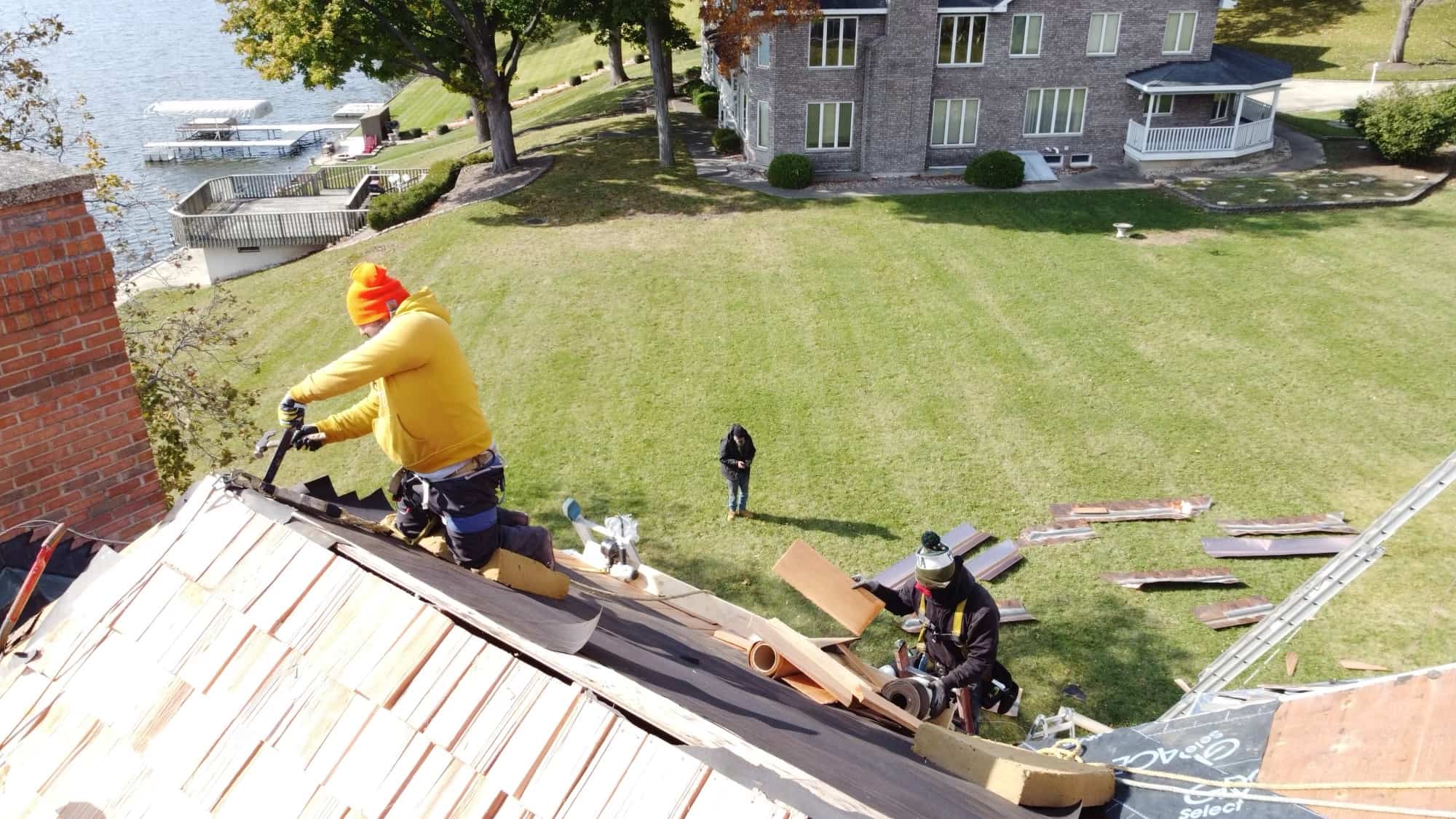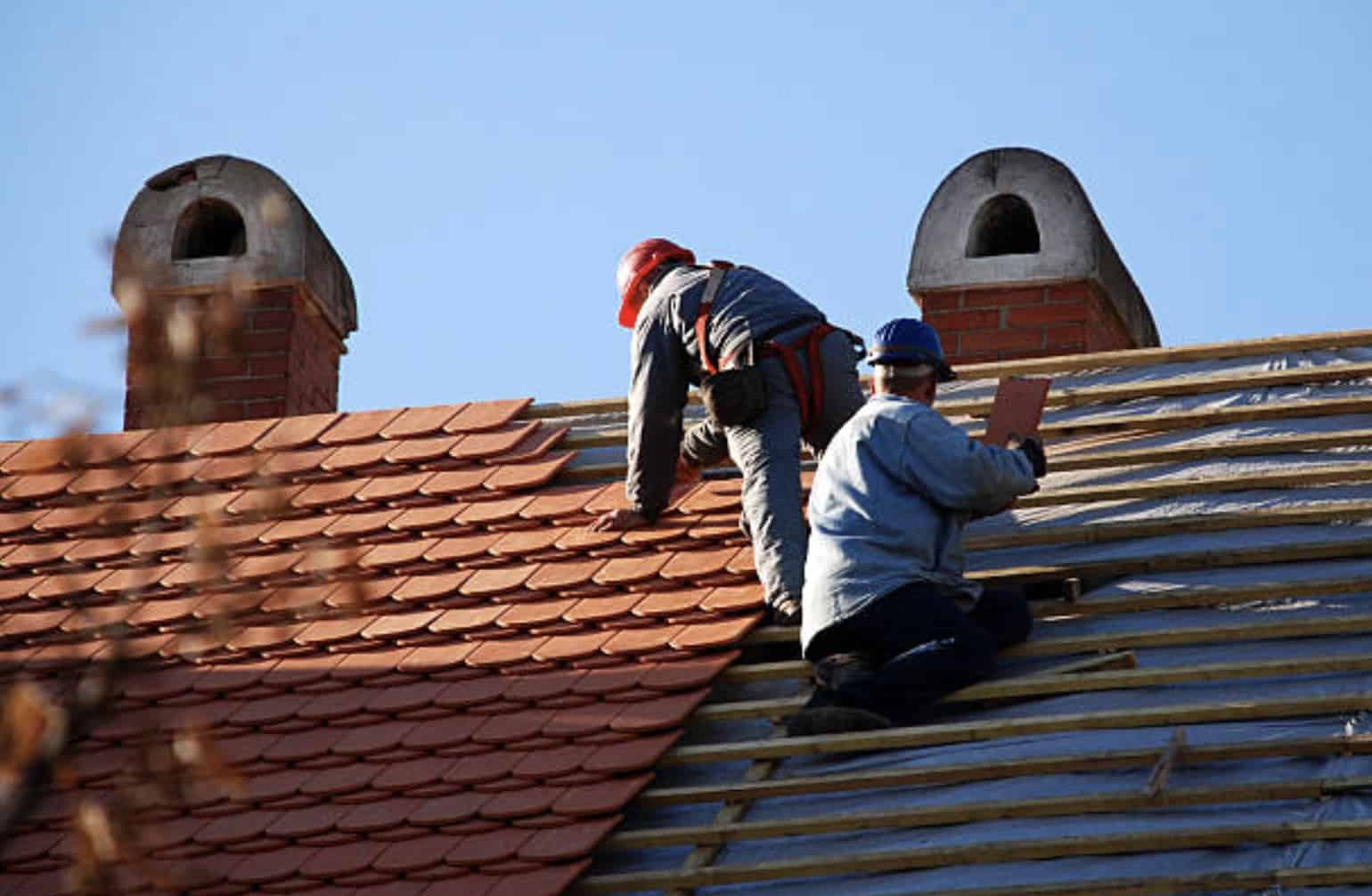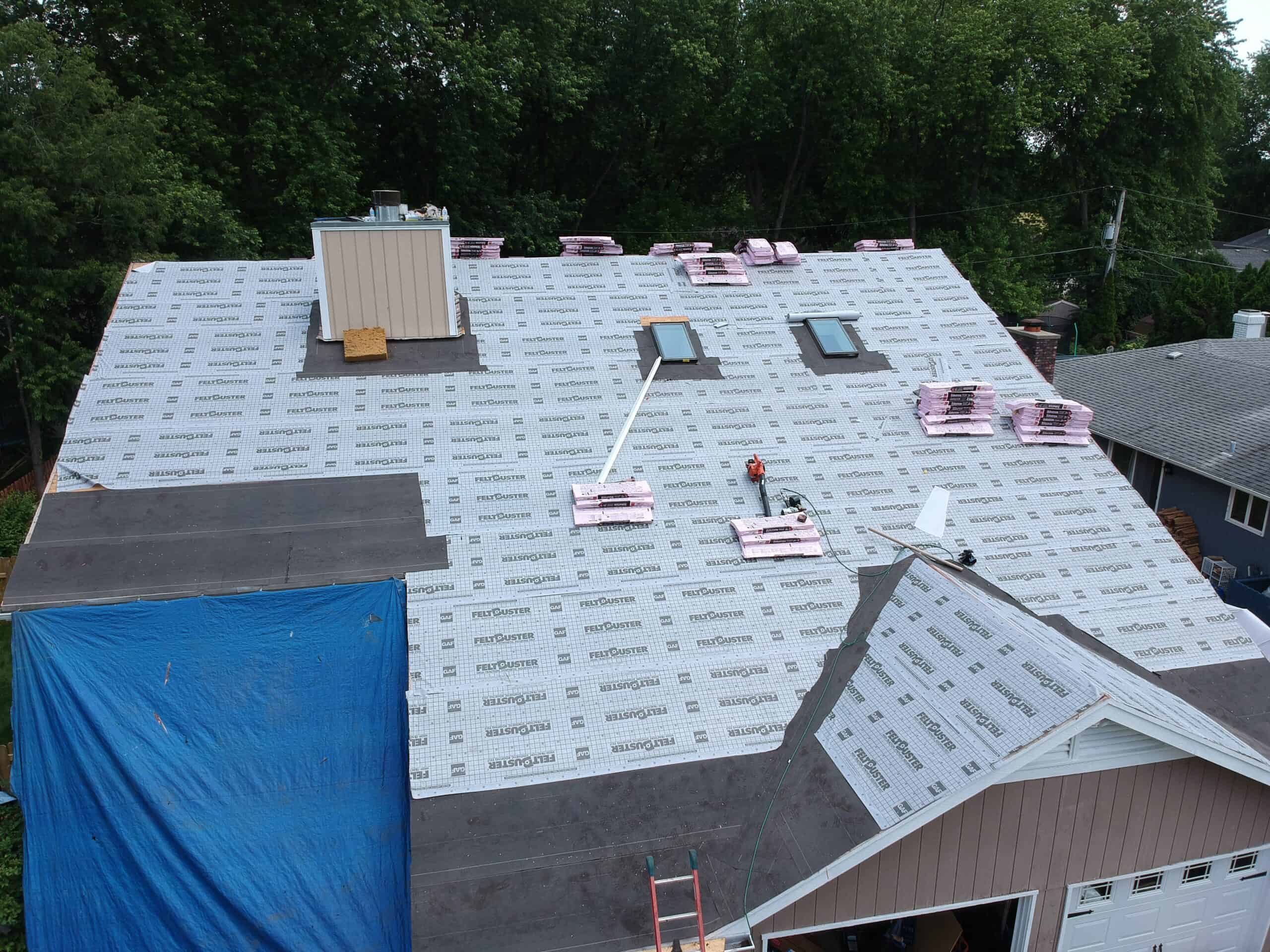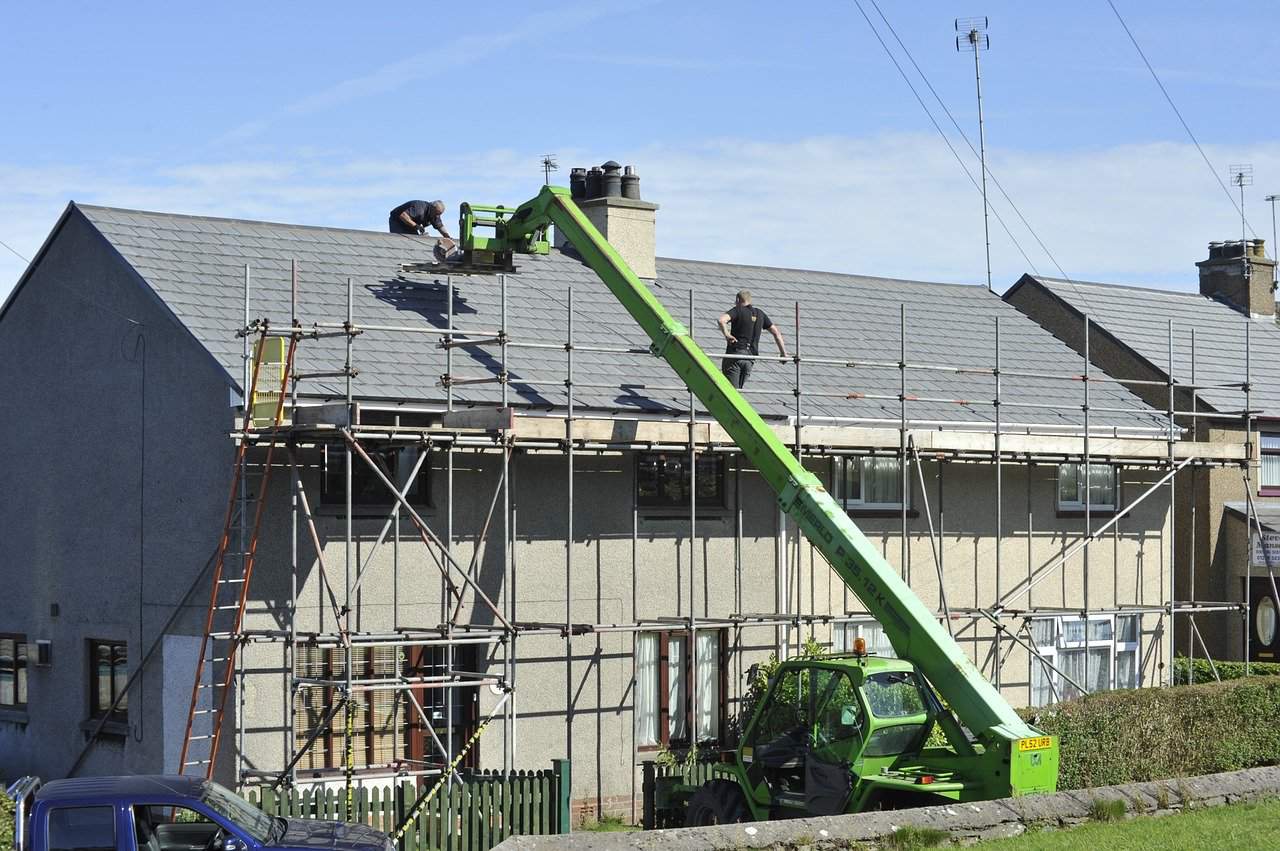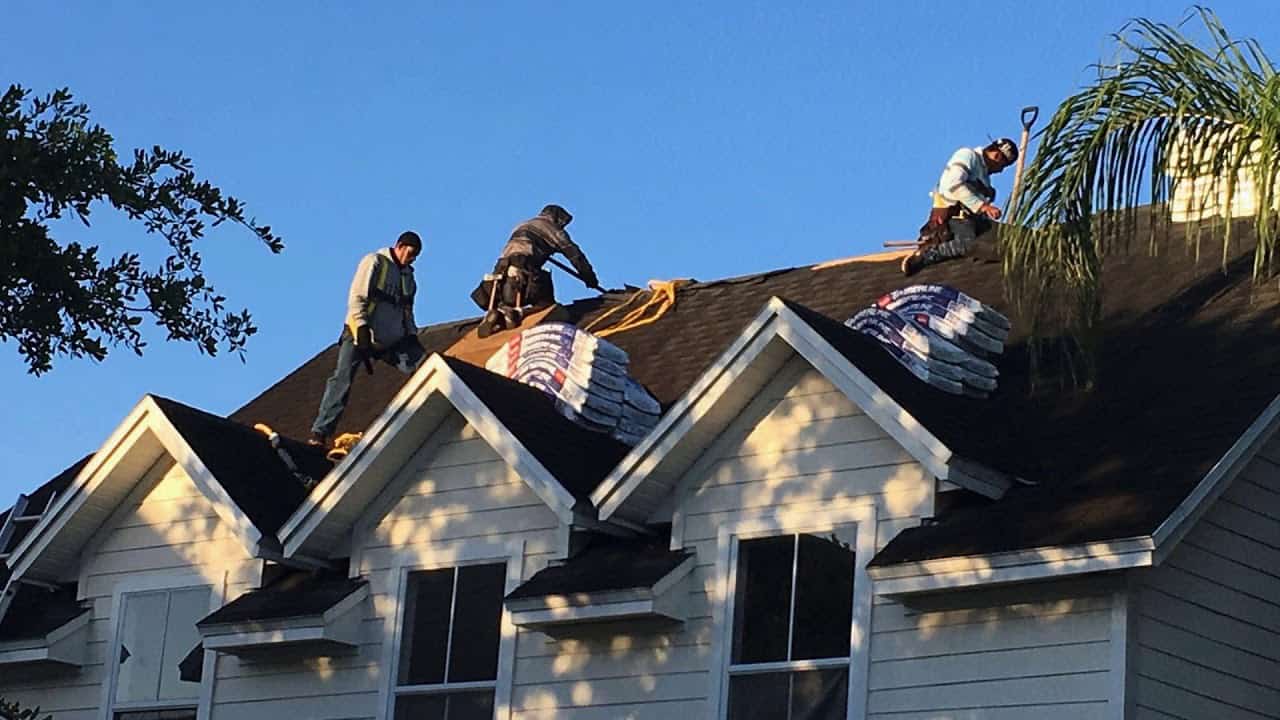A Comprehensive Guide to Roofing Replacement – What You Need to Know
Are you in need of a roofing replacement? With so many different styles and materials to choose from, it’s easy to feel overwhelmed by the decision. Understanding the process of replacing your roof will help ensure not only that it gets done correctly but also that you’re getting the best value for your money. In this comprehensive guide, we’ll cover all you need to know about roofing replacement – from choosing a reliable contractor to selecting material options and determining cost estimates. Whether replacing old shingles or installing completely new roofs, this is your go-to resource for everything related to rooftop replacements!
Understand Your Roofing System – Types, Materials, and Lifespan
A roofing system is an integral part of any home or building, but understanding the various types, materials, and lifespan can be overwhelming. There are several roofing options available, including asphalt shingles, metal, tile, and slate, each with its own advantages and disadvantages. It’s essential to consider factors such as climate, style, and budget when selecting a roofing material. Additionally, the lifespan of a roofing system may vary depending on factors such as installation, maintenance, and the quality of materials used.
Assess the Damage to Your Roof and Determine Whether Replacement is Necessary
Your roof is one of the most important parts of your home, protecting you and your family from the elements. However, over time, your roof can become damaged and worn, leaving you vulnerable to leaks and other problems. If you suspect that your roof may be in need of replacement, it’s important to assess the damage. Look for missing or damaged shingles, signs of water damage, and any other issues. By determining the extent of the damage, you can decide whether repairs are sufficient, or whether a full roof replacement is necessary.

Roofing Replacement
Choose a Quality Roofing Material That Suits Your Needs
When it comes to the replacement of roofing, choosing the right material is crucial to ensure your home is protected for years to come. With so many options available, it’s important to consider your specific needs and desires to select the best fit. Do you require durability and longevity? In that case, metal may be a suitable choice. Do you want a unique and high-quality appearance? Natural slate or clay tiles may be the way to go. Alternatively, if cost-effectiveness is your priority, asphalt shingles are a reliable and affordable option.
Hire an Experienced Roofing Contractor for Installation
Your home is a valuable investment, and when it comes to repairing or replacing your roof, you want to ensure the job is done right. That’s where an experienced roofing contractor comes in. Hiring a professional with the knowledge and expertise to tackle your roofing replacement project is an investment in the longevity and structural integrity of your home. An experienced contractor will assess the condition of your roof and recommend the best course of action, ensuring that you receive the most effective and efficient work possible.
Regular Maintenance Practices to Extend the Life of Your New Roof
Your roof is one of the most important parts of your home. It protects you and your family from the elements, and keeps your interior dry. Investing in a new roof can be a big expense, so it’s important to take the necessary steps to extend its lifespan. Regular maintenance practices can help you avoid costly repairs and prolong the life of your roof. Simply cleaning your gutters and inspecting your roof for any damage can make a big difference in the longevity of your roofing system.
Cost/Benefit Analysis of Installing a New Roof vs Repairing Existing Damage
Your home’s roof is an essential component of its structural integrity and curb appeal. However, wear and tear over time can lead to damage that requires your attention. When faced with a roofing dilemma, it’s essential to weigh the cost and benefits of installing a new roof versus repairing existing damage. Installing a new roof can be a significant investment, but it also offers long-term peace of mind and can increase the value of your home. On the other hand, repairing existing damage can be a more cost-effective short-term solution, but it may not address all underlying issues and could cost more in the long run. Ultimately, it’s important to consider your budget, time frame, and personal preferences when making this decision.
Ultimately, investing in a new roof can be an expensive up-front cost, but the long-term benefits far outweigh the initial expense. After doing your research and assessing the damage to your current roof, if you find that replacement is your only option, it’s important to choose a quality material and hire an experienced contractor for installation. This will ensure that you get the most out of your investment by extending the lifespan of your new roof. It’s also beneficial to perform regular maintenance throughout the lifespan of your roof so potential repairs can be addressed quickly–this way, you won’t have to worry about needing to replace it again prematurely.
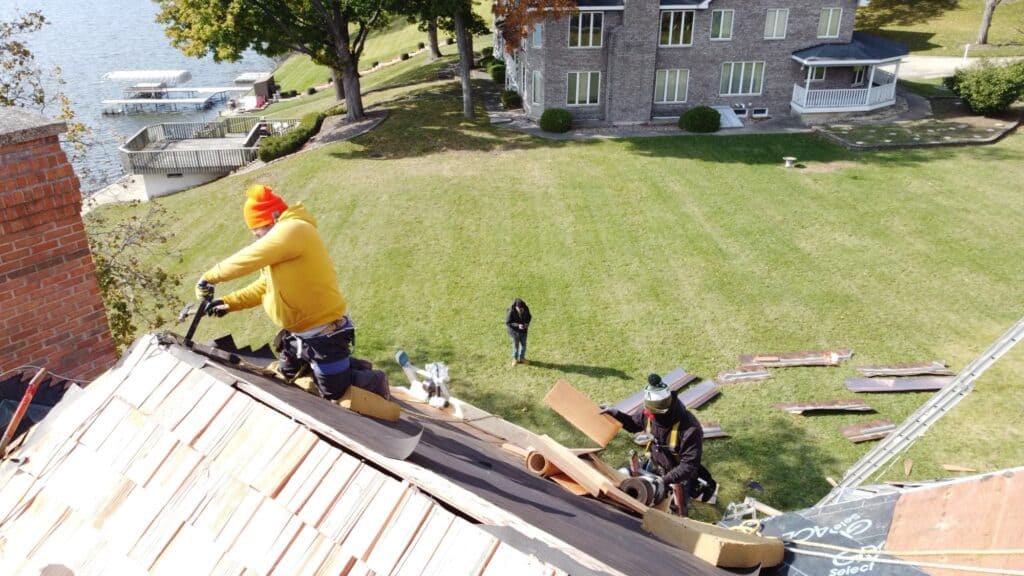
Roofing Replacement Service
https://www.google.com/maps?cid=5194126792545319437

